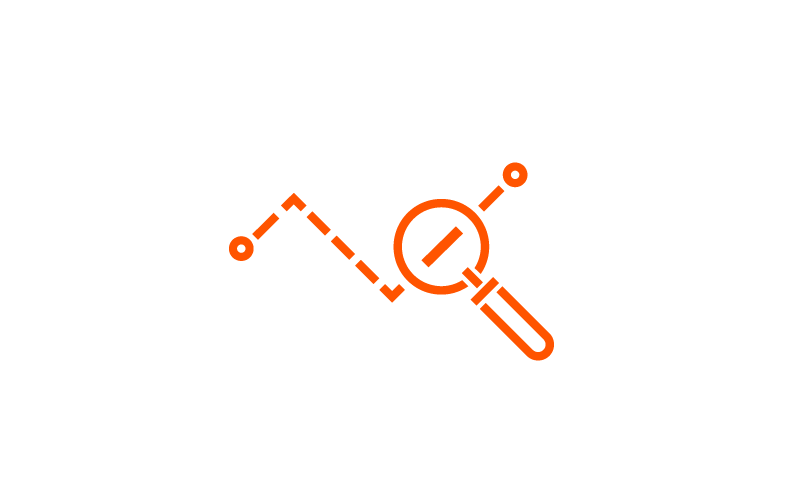How to easily understand blockchain and key into it
Blockchain is a distributed, immutable database that records financial transactions, monitors assets and establishes a trusted network of participants. The concept may seem vague from afar, but when I think about it, a 19-year-old Nigerian is building his own blockchain. So you can easily understand blockchain with the explanation we will give in this article.
In a blockchain, there are things called assets. There are tangible and intangible.
Land, money and cars are examples of tangible assets. Meanwhile, intangibles include copyrights, intellectual property, patents and branding. Essentially, a blockchain network allows the secure and inexpensive tracking and trading of virtually any valuable asset.
The importance of blockchain technology and why it matters
Information is the fuel that keeps businesses going. This claim is why it is beneficial to quickly and correctly exchange information. Blockchain technology is ideal for this type of rapid data delivery because it is an immutable record that only authorized participants in a network can see.
A blockchain can monitor a variety of parameters, including payments, orders, accounts and production. As a result, you can witness every transaction step with complete clarity because everyone in the network sees the same exact information.
Blockchain Basics
To help you further understand blockchain, here are the important components:
Decentralized ledger technology
The distributed ledger is an indestructible record of all transactions that everyone on the network has access to. Thanks to this ledger, transactions only need to be recorded once. In turn, this feature saves time and money compared to more traditional enterprise networks.
Immutable records
It is impossible for any participant to modify or delete a transaction that has already been added to the shared ledger. Therefore, in the event of an error in a transaction record, one must arrange for a new transaction to undo the error and for both transactions to be visible.
Smart contracts
These contracts are a set of rules recorded on the blockchain and then executed mechanically to speed up transactions. Many other types of agreements can be codified in a smart contract, from the transfer of corporate bonds to the payment of travel insurance premiums.
Blockchain technology and how you can easily understand its features
The following are features that help you understand blockchain easily:
Synchronizes all preceding and succeeding blocks
Each link in this chain of information represents a different location or owner as an asset is transferred or traded. Blocks are securely linked to ensure that no one can alter two blocks in any way, or that no one can introduce a new block between two existing ones. And these actions are aided by time confirmation and transaction order tracking.
Completed transaction storage in a data block
Transactions reveal the transfer of an asset, which can be physical (a product) or abstract (a service) (intellectual). Information such as recipient, item, time, location, cost and status can all fit into the data block.
Transactions form a block in an immutable chain
More blocks means the blockchain as a whole is more secure. This position gives the blockchain its primary strength, immutability, by making visible all attempts to change the data.
Therefore, we eliminate the risk of manipulation by fraudsters and create a ledger of transactions that you and various network users can trust.
Blockchain benefits
Duplicate documentation and external controls of operations often waste time and resources. Information storage systems are also vulnerable to hacking and other forms of fraud. In addition, the verification time for data may be extended due to a lack of transparency.
Therefore, the need arises for a better way to speed up the profit-inhibiting slow pace in businesses. And blockchain is a solution. Following are the benefits of the concept.
Intuitive trust
If you are part of a private network, blockchain ensures that your records are only accessible to people you authorize in your network.
Safety increases
No transaction can be removed, not even by an administrator.
Increased productivity
You can reconcile records without wasting time when everyone on a network uses a distributed ledger. In addition, smart contracts, which are pre-written sets of instructions, can be recorded on the blockchain and executed mechanically to speed up the processing of financial transactions.
Blockchain infrastructures
You can perform the construction of a blockchain network in different ways. For example, they can be structured as public, private, permissioned or consensus networks.
Authorized blockchain networks
Permissioned blockchain networks are companies’ most common type of private blockchain.
Here there are limits to who can join the network and what kind of transactions they can carry out on it. A membership invitation or permission slip is required to participate.
Public networks with distributed ledger technology (Blockchain).
Blockchains like Bitcoins are examples of public blockchains, which anyone can join and use. Considerable computing power is needed here. It is also prone to transaction privacy compromises and faulty security. These are crucial factors to consider for blockchain applications in business.
Private blockchain infrastructure
Private and public blockchain networks share similarities. But unlike the latter, a single entity manages the private network, decides who can join, enforces a consensus process, and manages the distributed ledger.
Consensus Network
Distributed ledger technology (Blockchain) enables data processing to be shared between several units. This community determines who can submit transactions and who can see the data.
Final thoughts
There is no urgent need to migrate immediately to blockchain technology if your company’s current database meets your needs. This position is given that blockchain technology is in constant development and improvement.
Regardless, if a decentralized system of record sounds good to your business, the benefits and potentials of blockchain technology are worth exploring for the future.


